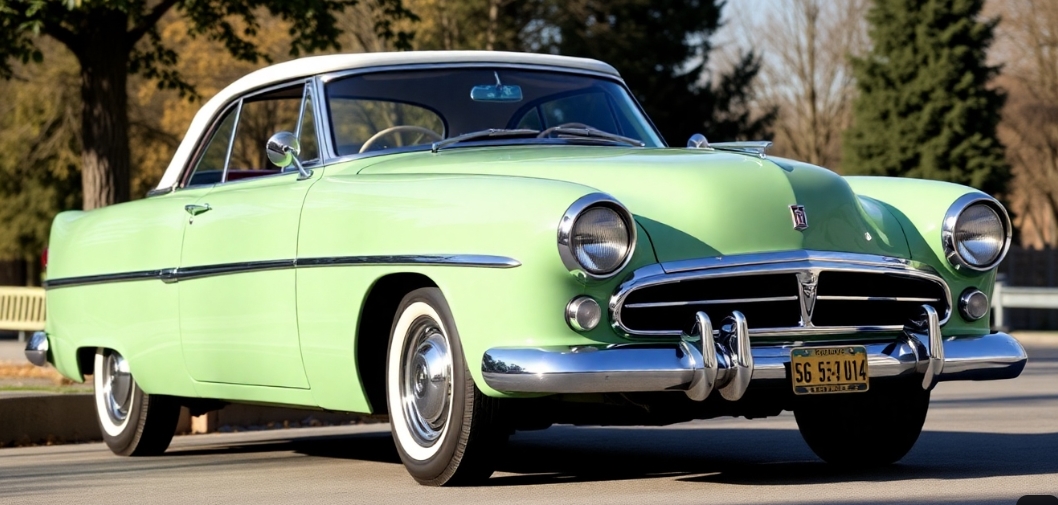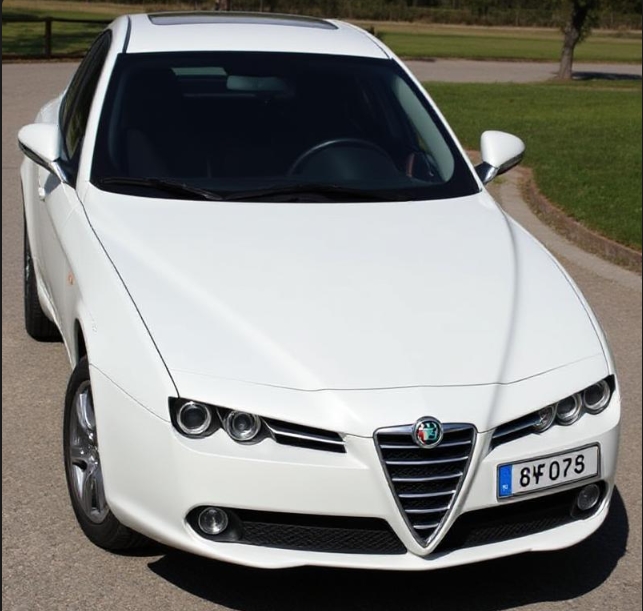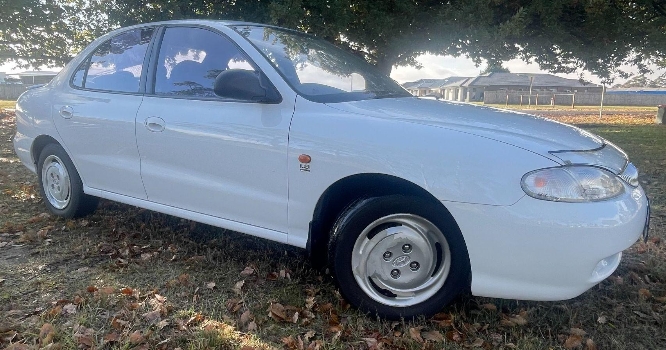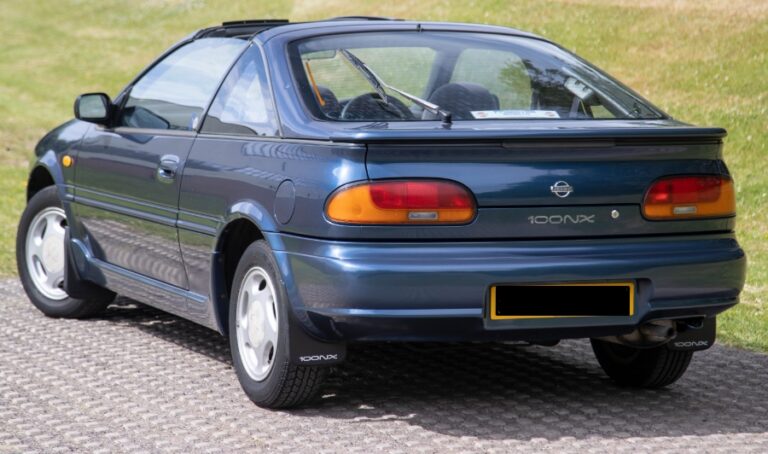The Rise and Fall of a Legend: The Evolution of the Studebaker President
The Studebaker Corporation, a name synonymous with American automotive history, produced a diverse range of vehicles over its 112-year existence. Among these, the Studebaker President stands out as a testament to the company’s ambition and engineering prowess. Throughout its production run, the President served as the marque’s flagship, embodying innovation, style, and performance. This article delves into the evolution of the Studebaker President, tracing its journey from its inception to its eventual demise, outlining the various models, trim levels, and the challenges it faced in a rapidly changing automotive landscape.
The Early Years: Establishing the Foundation (1928-1933)
The Studebaker President’s story began in 1928. Recognizing the need for a more luxurious and powerful offering to compete with the likes of Packard and Cadillac, Studebaker introduced the President as its top-of-the-line model. This initial iteration was a resounding success, quickly establishing the President’s reputation for quality and performance.
- 1928: The inaugural President, designated the “President Eight,” featured a powerful 298.5 cubic inch (4.9 L) straight-eight engine, a significant upgrade over the smaller engines found in other Studebaker models. This engine delivered a respectable 115 horsepower, allowing the President to reach impressive speeds for its time. Several body styles were offered, including a sedan, coupe, and roadster. The trim levels were generally referred to by their body style designations, indicating the level of luxury and features.
- 1929: The President continued to evolve, with refinements to the engine and chassis. The body styling also received subtle updates. The trim levels remained largely consistent with the previous year, offering varying degrees of interior appointments and exterior details.
- 1930: This year saw more significant changes, with a redesigned body and a longer wheelbase, further enhancing the President’s luxurious feel. The engine was also further refined, delivering improved performance and smoothness. Trims were typically denoted by their body style, with the luxury level increasing with the size and appointments of the body.
- 1931-1932: These years saw continued development, focusing on engine improvements and subtle styling updates. The President remained a formidable competitor in the luxury car market, showcasing Studebaker’s commitment to engineering excellence. Trim levels continued to feature a range of body styles and interior options.
- 1933: The Great Depression hit the automotive industry hard, and Studebaker was no exception. The President received a new, streamlined body, but the economic downturn impacted sales. Despite the challenges, Studebaker continued to offer a variety of President models and trims, showcasing its commitment to the luxury market, although this was short-lived.
.

.
Mid-Decade Innovations and Challenges (1934-1942)
The mid-1930s saw the introduction of innovative features and further styling refinements. The President continued to adapt to the evolving market, although it faced increasing competition from other luxury car manufacturers.
- 1934: Studebaker introduced a new President, featuring a more modern and streamlined design. This generation was characterized by its bold grille and flowing lines, which were very attractive at the time. The trim levels included various body styles, each reflecting Studebaker’s commitment to providing a premium experience.
- 1935: The President saw further refinements, with improvements to the engine and chassis. Styling tweaks included changes to the grille and headlights. Trim levels continued to evolve, offering customers an array of options. The President also saw the introduction of the Land Cruiser name for a specific trim package.
- 1936: This year brought a significant redesign for the President. The styling became more rounded, with a prominent hood and integrated headlights. This was a significant departure from previous designs, and the trim levels, as usual, featured distinct body styles with varying equipment.
- 1937-1938: The President received further styling updates, with subtle changes to the grille, fenders, and interior. The engine continued to be refined, improving both power and fuel efficiency. Trim levels, reflecting the market’s demand for variety, included various body styles, including sedans, coupes, and convertibles.
- 1939: Studebaker streamlined its lineup, offering the President in fewer body styles but with more standard features. The styling was updated to reflect contemporary design trends.
- 1940-1942: As World War II loomed, Studebaker continued to produce the President, adapting its designs to the changing times. These years featured styling changes that included the addition of more aerodynamic elements and more standardized production. Trim levels were more standardized during this period, allowing for a more focused manufacturing process, and production eventually ended in 1942 due to the war.
Post-War Revival and Transition (1947-1951)
After the war, Studebaker faced the challenge of re-establishing itself in a changed automotive market. The President, along with the Champion, was pivotal in Studebaker’s post-war comeback.
- 1947-1948: Studebaker introduced a bold new design for its post-war lineup, and the President was no exception. The styling, known for its “bullet nose” design, was radical and eye-catching. The President now came in several trim levels.
- 1949: The “bullet nose” design was refined, and the President featured a more conventional grille. The engine was updated to provide more power. Several trim levels were available, including a Deluxe variant.
- 1950: The styling was further refined, and the President’s engine was again improved. Studebaker was offering its first President convertible, which was a very rare body style for the marque at the time. Trim levels included the Deluxe and Commander, showing a continued emphasis on customer choice.
- 1951: Studebaker dropped the Commander model and all production was consolidated under the President name, representing the company’s flagship. The President was redesigned for a more conventional appearance, with its “bullet nose” design replaced by a more traditional grille. The trim levels included the Deluxe and State, as well as a limited edition President convertible.
The Decline and the Avanti (1955-1963)
As the 1950s progressed, Studebaker faced mounting financial difficulties. While it continued to produce the President, the company struggled to compete with the Big Three automakers (Ford, General Motors, and Chrysler).
- 1955: The President was restyled, with a longer, more streamlined body and a new grille design. This was the last year the model was sold. The trim levels, designed to compete with offerings from the Big Three, included varying degrees of luxury appointments.
- 1956-1958: Production of the President ceased, as Studebaker struggled with its financial difficulties.
- 1959-1960: The President name was briefly revived, and the car featured a modern, compact design with an economy-focused engine, making it the flagship of the Studebaker line. The trim levels, aimed at attracting a new generation of car buyers, included various body styles.
- 1961-1963: The final years of the Studebaker President saw the car continuing to be offered. This was the end of the line for the President as the name was discontinued. The trim levels offered varied, based on the body style.
The Studebaker Avanti and the President’s Legacy
Studebaker’s final act of innovation was the introduction of the Avanti, a radical sports car that was produced from 1962-1963. Though not a direct descendant, the Avanti represents the spirit of innovation that Studebaker embodied during its best days. The President had been removed from the Studebaker lineup, however, the company did make a President trim level of the Avanti model. This was a rare car that combined the high-performance capabilities of the Avanti with the prestige of the President. This was to be the final model and the last use of the name. Studebaker’s automotive production ceased in 1966, ending a remarkable chapter in American automotive history.
The Studebaker President’s evolution reflects the changes and challenges that shaped the automotive industry throughout the 20th century. From its early success as a luxurious and powerful flagship to its later struggles, the President embodied Studebaker’s commitment to quality, innovation, and style. Despite the company’s eventual demise, the President remains a testament to the ingenuity of American automotive engineering and a symbol of the golden age of the automobile. Today, the Studebaker President is a highly sought-after classic, cherished by collectors and enthusiasts for its historical significance, distinctive design, and the role it played in shaping automotive history.








